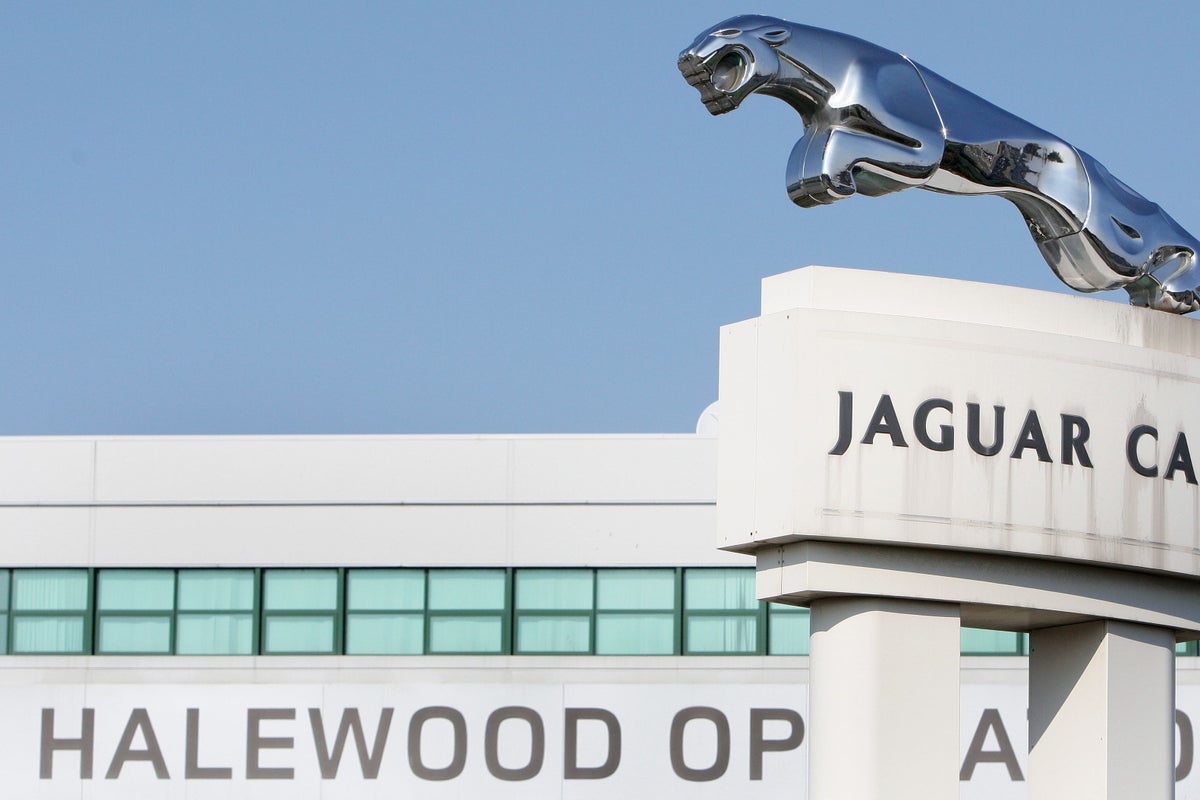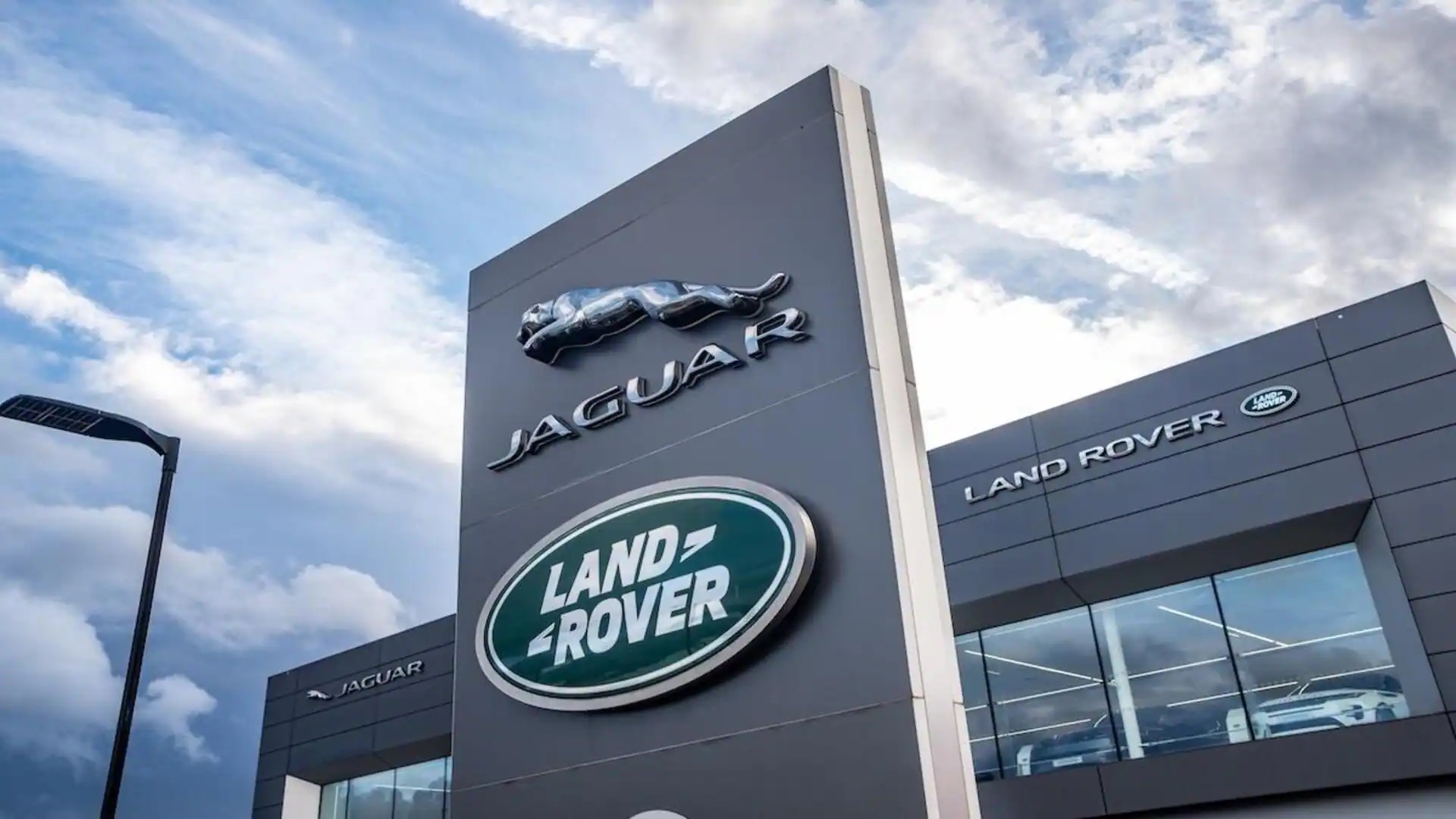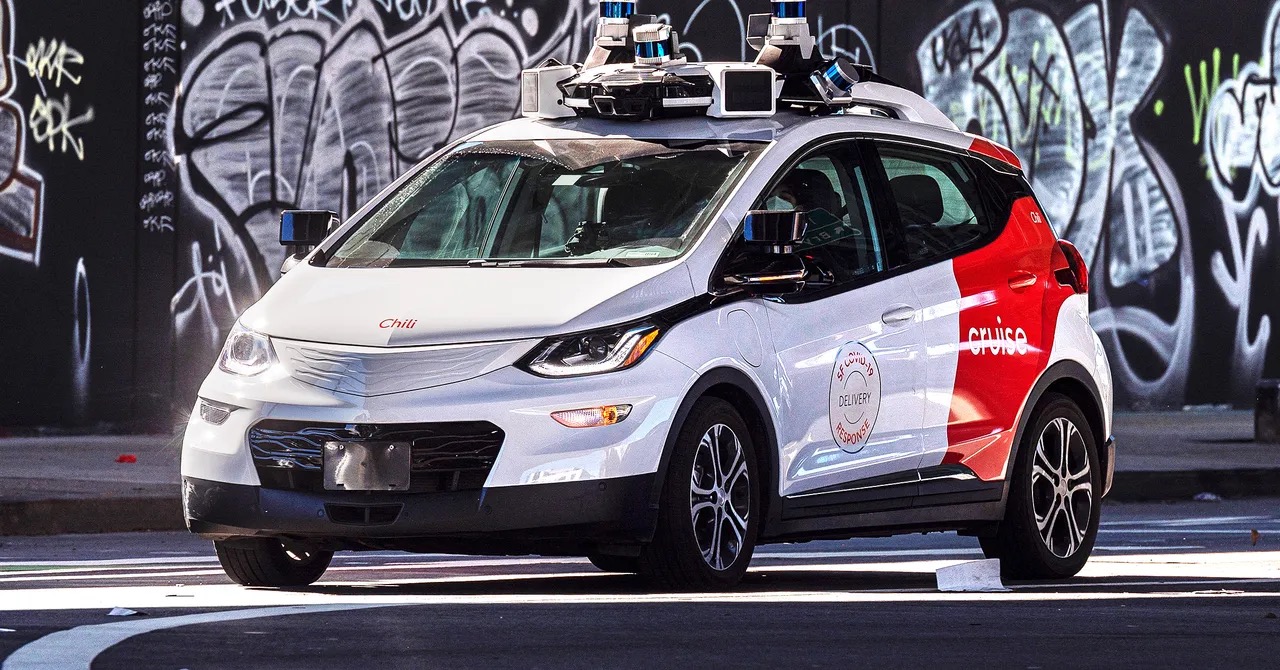The United Kingdom’s automotive industry is reeling after a massive cyberattack on Jaguar Land Rover (JLR) caused an estimated $2.5 billion in economic losses, making it one of the most damaging cyber incidents in British history. The attack, which struck in late August, crippled production across JLR’s key manufacturing facilities and sent shockwaves through the country’s intricate automotive supply chain.
The Attack and Immediate Impact
The cyberattack, believed to have targeted the company’s core operational systems, effectively shut down production at JLR’s major plants in Solihull, Halewood, and Wolverhampton. For nearly six weeks, assembly lines were halted as engineers and cybersecurity teams scrambled to contain the breach, restore systems, and assess damage.
The disruption came at a critical time for JLR, which had been ramping up production of its new range of electric and hybrid vehicles ahead of the holiday season. With thousands of vehicles awaiting assembly, the halt not only affected JLR’s output but also triggered widespread consequences across its extensive network of suppliers and logistics partners.
According to industry estimates, the company typically produces around 1,000 vehicles per day in the UK. The prolonged shutdown, therefore, led to the loss of tens of thousands of units, severely impacting revenues. More than 5,000 businesses—ranging from parts manufacturers to transport firms—were also affected, many facing cash flow crises as orders evaporated and deliveries were delayed.

A Ripple Effect Across the Economy
The financial fallout extended well beyond JLR’s own balance sheet. Analysts estimate that approximately £1.9 billion (around $2.5 billion) was wiped from the UK economy due to the combined effects of lost manufacturing output, disrupted trade, and emergency remediation efforts. The cascading nature of the disruption—reaching suppliers, dealerships, and even service providers—highlights how dependent the UK’s industrial base has become on complex, interconnected systems.
The government’s economic task force reported that the automotive sector alone accounted for nearly a quarter of the GDP loss during the crisis period. With production frozen and export schedules disrupted, the UK saw a 25 percent drop in overall car manufacturing output in September, the steepest decline since the pandemic years.
To prevent further economic damage, the Treasury stepped in with a £1.5 billion loan guarantee for JLR, designed to help the company maintain cash flow and support vulnerable suppliers in its network. The move, though praised by industry leaders, sparked debate about how prepared Britain’s manufacturing sector is to withstand digital threats that can paralyze physical operations.
Investigations and Recovery Efforts
JLR has remained tight-lipped about the specific nature of the breach, but cybersecurity analysts suggest the attack likely involved ransomware deployed through compromised software within the company’s supply chain. This tactic has become increasingly common in industrial cybercrime, targeting the growing overlap between IT systems and operational technology that controls machinery and production lines.
The company initiated a full-scale recovery plan, bringing in external experts and working closely with the UK’s National Cyber Security Centre (NCSC). A phased restart of production began in early October, but sources within the industry suggest that full operational capacity may not be restored until early 2026.
During the shutdown, thousands of JLR employees were temporarily reassigned or placed on paid leave. Suppliers across the Midlands reported significant layoffs, while logistics hubs struggled to manage stranded shipments of unfinished vehicles and components.
Despite the immense challenges, JLR’s leadership has pledged to rebuild trust with partners and customers. Chief Executive Officer Adrian Mardell described the attack as a “watershed moment” for the company, promising to “redefine cybersecurity as a core pillar of manufacturing resilience.”
The Costliest Cyberattack in UK History
Experts have called the JLR cyberattack the most expensive in UK industrial history, surpassing previous incidents that targeted the healthcare and financial sectors. The £1.9 billion loss estimate includes not only the direct costs of halted production and data restoration but also the broader impact on employment, supplier insolvencies, and delayed exports.
The event underscores a growing reality: cyberattacks are no longer confined to data theft or online fraud—they now threaten the very heart of physical industries. With manufacturing increasingly reliant on digital control systems and cloud-based supply management, a single vulnerability can cascade into a nationwide crisis.
Cybersecurity researchers warn that the JLR incident could mark the beginning of a new wave of cyber threats aimed at critical infrastructure. Similar attacks have hit energy companies, transport systems, and healthcare facilities in recent years, but few have demonstrated such far-reaching economic consequences.

Lessons for Industry and Government
The JLR attack has reignited calls for stronger industrial cybersecurity standards. Many experts argue that while British companies have made strides in protecting customer data, their operational systems—such as automated production lines and supplier networks—remain alarmingly exposed.
In response, the Department for Business and Trade announced plans to introduce new cybersecurity resilience guidelines for manufacturers, including mandatory audits and incident response planning. Government officials are also exploring tax incentives to encourage small and medium-sized suppliers to upgrade their digital defenses.
Industry associations, meanwhile, have urged companies to view cybersecurity as part of business continuity rather than a purely technical issue. The attack’s economic scale, they say, should be a wake-up call for boardrooms across the country.
Looking Ahead
As production slowly resumes, JLR faces the challenge of rebuilding not only its systems but also its reputation for reliability. Analysts predict it could take months for the company to fully recover lost output and restore customer confidence. Yet the broader lesson extends far beyond one manufacturer: in the digital age, the health of an entire economy can hinge on the resilience of its networks.
The JLR cyberattack stands as a stark reminder that industrial strength is no longer measured solely in horsepower and steel, but in firewalls, encryption, and rapid response capabilities. The UK’s manufacturing future will depend on how swiftly it learns from this unprecedented breach—and how effectively it fortifies its digital foundations before the next one strikes.











